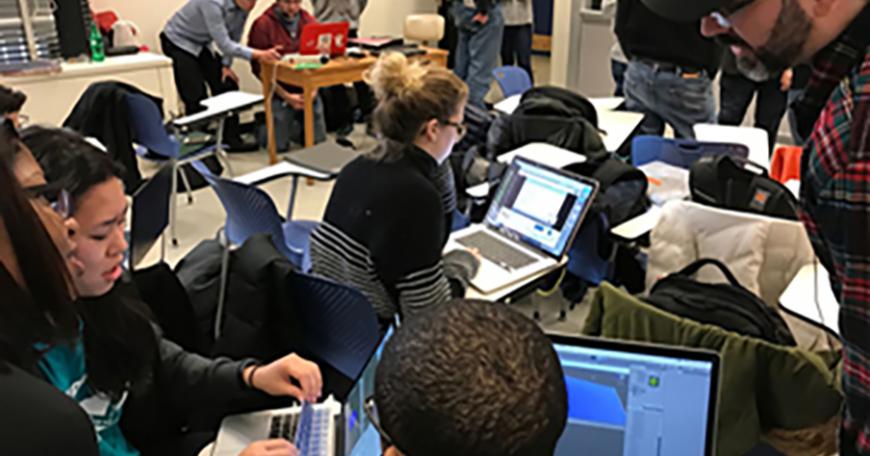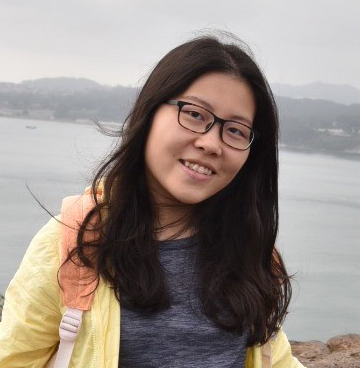
A student's view: Interactivity & Connectedness in the Classroom
On November 30th, Kyle Keane, member of Interactive Materials Education Lab (IMEL) and lecturer at Department of Materials Science and Engineering (DMSE), along with colleagues Andrew Ringler, an interactive artist and educator, Mark Vrablic, a UROP student, and Ian Riley, a high school senior, gave an xTalk on their digital simulation projects. These simulations empower students to learn scientific concepts in a more tangible and vivid way. In additon, Keane and his team fostered a classroom management structure that provoked innovation and creation. After their presentation, the audience was given a chance to play with the simulations.
“Learn to build your own videogame with the Unity Game Engine and Microsoft Kinect” was a 9-day IAP workshop where students were brought together from diverse backgrounds and various levels of experience with game design, and then divided into small teams based on shared interests to collaborate on their own simulation design. One student displayed a “zoo project”, in which one could turn or zoom the virtual zoo on screen by turning or shaking one's shoulders.
Different from traditional engineering courses, the workshop was highly hands-on and project-oriented. Two interesting points of the class structure that stood out to me as an MIT student was first, the value of interactive and strong classroom dynamics; and second, before students started on the 4-day final project, a 2-day experimental short project was assigned for students to purposely fail and learn from the failure.
A typical class in the workshop was made up of guided tutorials, expanding tutorials, and fun collaborative activities. Distinct from a big-lecture class, students were given different tutorials that fit their previous experiences. Then with basic technical skills, students were encouraged to explore online resources and carry out small variations. “The experience of creating something of your own starting from small variations is extremely exciting and rewarding”, Ringler noted during the talk.
Personally, I really appreciate an innovative and interactive class structure. I think this workshop would be a great start for prospective engineering students as it teaches not only technical skills, but also soft skills like effective collaboration and communication. I’m glad MIT has always been a pioneer in exploring class organization and management, as shown in first-year experimental learning groups such as Concourse, Media Arts & Sciences (MAS).
As mentioned, another highlight was the 2-day short project, in which students were encouraged to try out their “craziest idea” and expected to fail. According to Keane, this experience helped a lot with the final project as it gave students a sense of what was achievable in 4 days and an opportunity to rescope their idea. I think one thing that MIT education does really well is to teach students that failure is not the end of the world; we can learn from failures and start over with these lessons.
Physical and PhET simulations modeled by Vrablic and Riley were presented during the talk. For example, in the “create and move a charge” simulation, the user pushes their hand in front of the screen to create a charge and then drag the charge to see how it interacts with other positive or negative charges. Other projects include “molecular dynamics”, “particles and heat”, etc. It is amazing that simply by waving and closing our hands, we are able to control what’s going on in the screen and learn how science works in the real world.
With the flourish of such educational and interactive simulations, more fun digital learning elements will be incorporated into courses to complement lecture teaching and to kindle students’ interests. During the talk, Keane suggested that some day, when we walk across the MIT infinity corridor, we will be able to know what’s going on with all the machines simply by moving our hands - I invite you to eagerly await and welcome this day together!
 Ivory Zhu is a first year student at MIT, class of '21
Ivory Zhu is a first year student at MIT, class of '21

